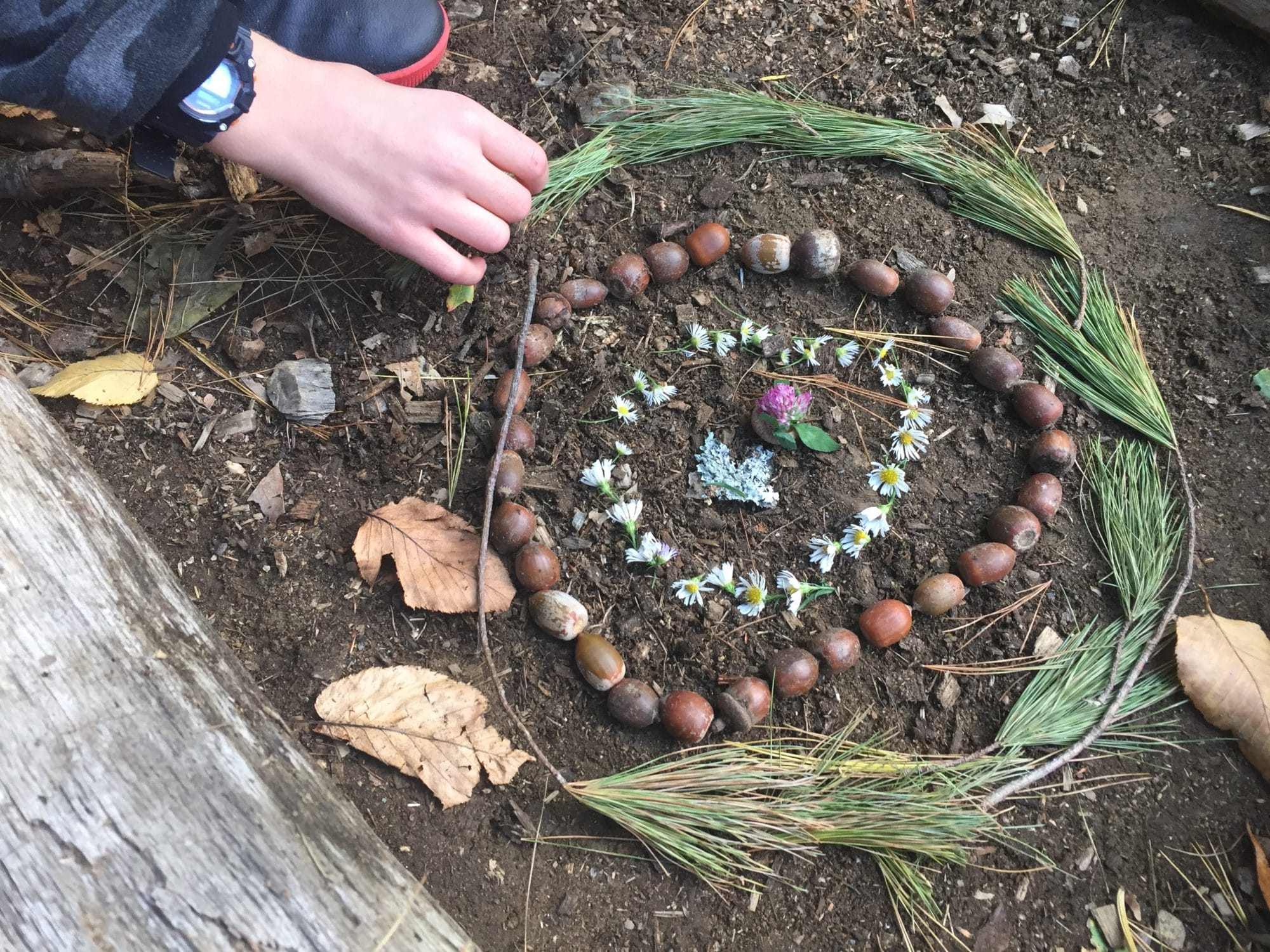
A beautiful, spiritual and simple way to explore nature creatively is to make mandalas together with your kids or students.
The word mandala is a Sanskrit term that means “circle” and in fact a mandala is a circular structure with a design that radiates out symmetrically from a unifying center. It is one of nature’s most perfect configurations.
You can see mandala patterns in natural objects from the radiating petals of a flower to tree rings, spiderwebs, seashells, crystals and more. And while they are beautiful, there is a deeper meaning in the mandala that you can introduce to your child. The mandala’s pattern can be interpreted as a model for the organizational structure of life, a type of cosmic diagram. It is both the microcosm and the macrocosm, and we are all part of its intricate design.
The mandala pattern is used in many religious traditions. In the Indian religions of Hinduism, Buddhism, Jainism or Japanese lifestyle of Shintoism, the mandala is a spiritual and/or ritual geometric configuration of symbols that can be used to represent deities, paradises or shrines.
In ancient Tibet, as part of a spiritual practice, monks created intricate mandalas with colored sand made of crushed semiprecious stones. Tibetan mandalas are often highly intricate illustrations of religious significance that are used for meditation.
Swiss analytical psychologist Carl Jung used the mandala for his own personal growth and wrote about his experiences. Jung recognized that the urge to make mandalas emerges during moments of intense personal growth in which a profound re-balancing process is underway in the psyche. Carl Jung said that a mandala symbolizes "a safe refuge of inner reconciliation and wholeness."
One of the reasons we enjoy making mandalas with children is because of their ephemeral nature. Like most nature art, ephemeral nature art can teach your child that not everything we value has to be material. Not everything we create has to be taken home or even returned to. The process of making art is fulfilling enough to be the focus at times. Creating ephemeral art teaches kids about the impermanence of life. The mandala is more than an image seen with our eyes. It is an actual moment in time.
How to make a mandala
Step 1: Head out into a natural area and look for examples of mandalas in nature for inspiration.
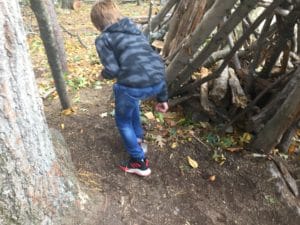
Step 2: Gather together materials to make your mandala. Think of materials such as flower petals, blades of grass, pine cones, leaves, pine needles, stones, sticks, anything else you find.
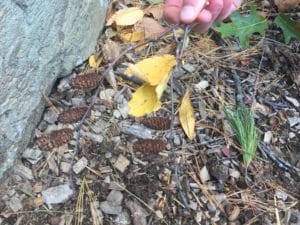
Step 3: Find a clear area to work or clear one yourself by brushing away any leaf litter, etc.
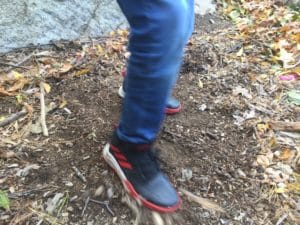
Step 4: Find the center of your mandala and mark it with a special natural object.
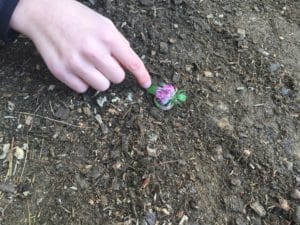
Step 5: Select the first material you'll use to create your first layer. Build a circular layer around your center item and radiate your design from the inside.
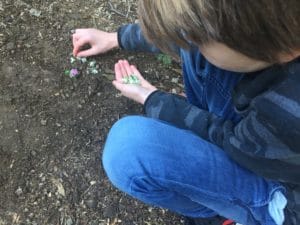
Step 6: Continue to add on as many layers as you would like!
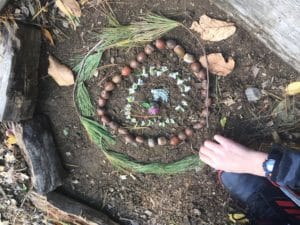
Step 7: Cover your mandala to protect from wind— or just let nature take its course!
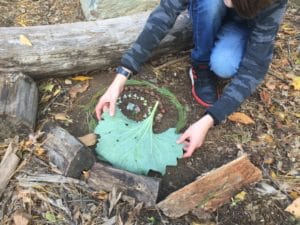
Step 8: Admire your work. It's beautiful!

Now go on and fill the world with more nature-based mandalas! You can make a new mandala each day. You can create large group mandalas at parks, beaches, schoolyards, anywhere you want to feel a connection with the universe and nature.
We learned about mandalas from these websites. We thank them and hope you will visit them to learn more too!
https://en.wikipedia.org/wiki/Mandala



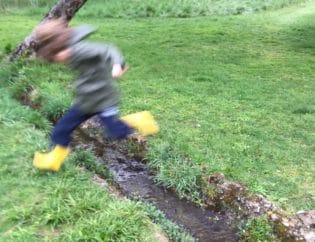
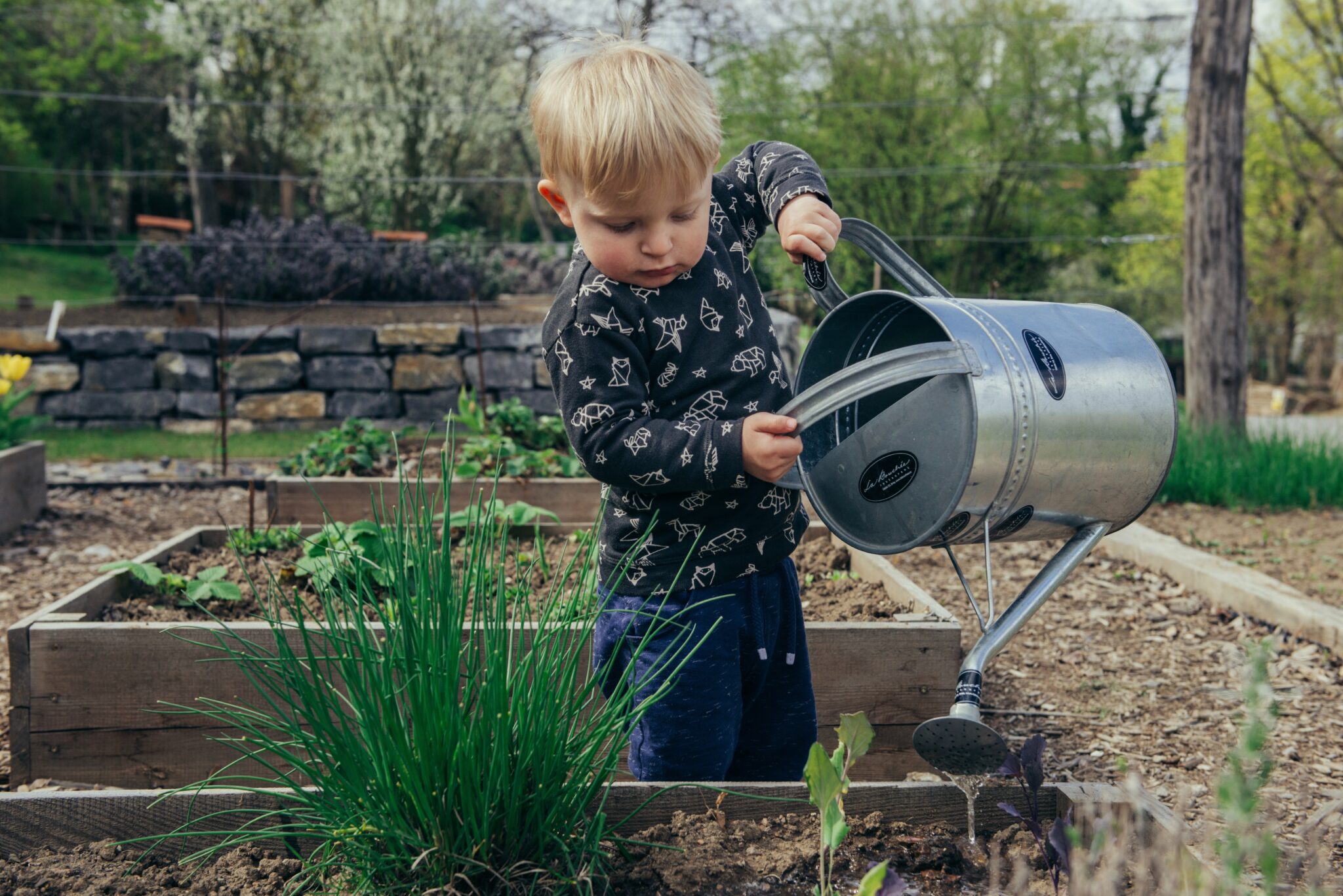



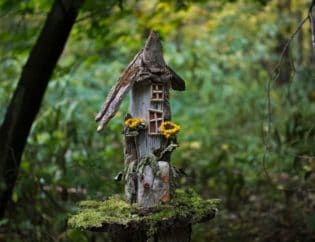
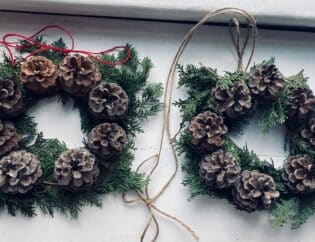

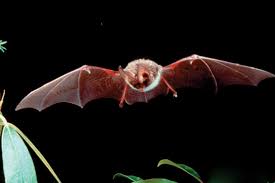
[…] of natural items like pine cones, seeds, pods, twigs, leaves or stones and make garden art or a mandala with […]
[…] to complete with kids. Mandalas made from seasonal materials discovered outdoors are a form of ephemeral art, art that is appreciated precisely because it is impermanent and not intended to last forever. Set […]
[…] examples of mandala designs and create your own using the snow as a canvas. Find directions at Childhood by Nature. Older students can try these painted snow mandalas or even get inspired by the breathtaking work […]
[…] examples of mandala designs and create your own using the snow as a canvas. Find directions at Childhood by Nature. Older students can try these painted snow mandalas or even get inspired by the breathtaking work […]
[…] to complete with kids. Mandalas made from seasonal materials discovered outdoors are a form of ephemeral art, art that is appreciated precisely because it is impermanent and not intended to last forever. Set […]
Comments are closed.